No, you shouldn’t just buy whatever Brother printer is cheapest
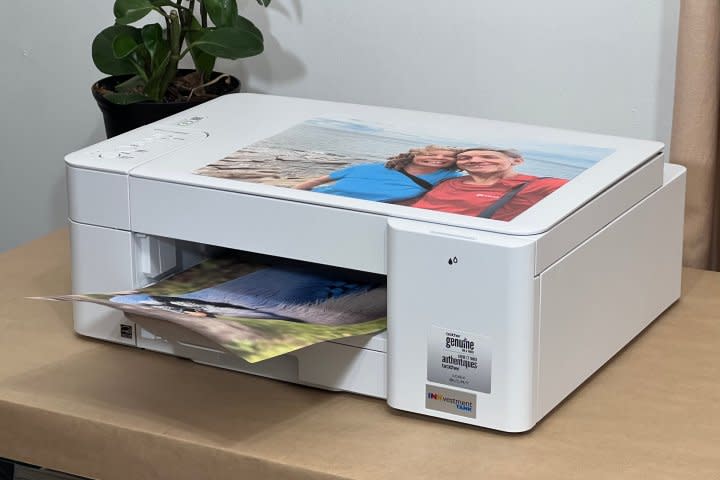
Printers aren’t the most exciting tech products in the world. I get it. Most of us don’t use them all that often and just need the cheapest one that’ll get the job done.
That’s the point a recent tongue-in-cheek article from The Verge made, declaring in a buying guide that “the best printer is still whatever random Brother laser printer that’s on sale.” The subtext: Printers have stagnated, and anyone trying to convince you otherwise is fishing for clicks on Google. But if you’ve ever purchased a car that wasn’t a Toyota Corolla, maybe you’d agree that “the best for most people” isn’t always the best for you.
Brother is certainly one of the best printer brands, but I disagree with the idea that no discernment is needed when it comes to printers. Like all products that could potentially cost you a lot of money, it’s worth investigating the differences between the models and brands to figure out which fits your needs best.
Spend wisely
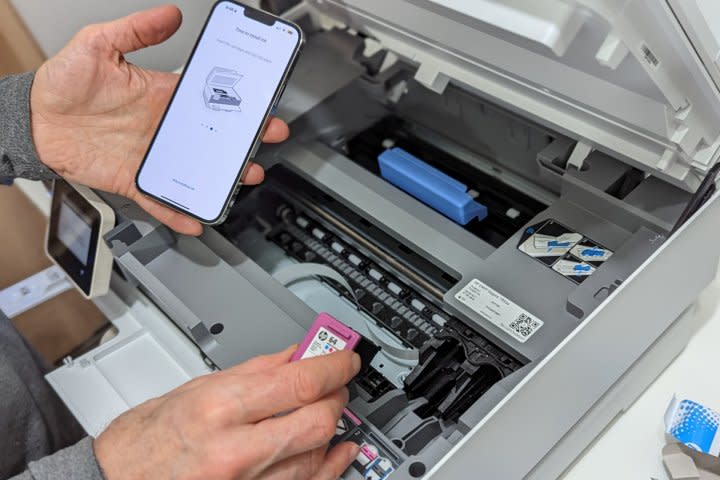
For starters, a printer that looks like a bargain could end up costing more than an expensive model. You work hard for your money and want to get the best value for your dollar, and a little research can make a substantial difference in long-term costs.
While printers have been around for decades, technology keeps advancing. You can save money and improve reliability while getting better quality with less waste if you choose wisely.
For example, some inkjet printers require cartridges that quickly run out, leading to high ink costs. While that sounds like a good reason to get that Brother laser printer, take a look at Epson’s cost-saving EcoTank 2800. You can measure the ink costs of this tank printer in tenths of a cent per page.
For comparison, the quick and reliable Brother DCPL2550DW monochrome laser printer costs about three to four cents in toner for each page you print. You’ll run out of toner after about 1,200 pages, which would take less than a year if you print five pages each weekday.
That means a randomly selected Brother laser printer won’t offer the best value if you print frequently or at a high volume.
Watch your carbon footprint
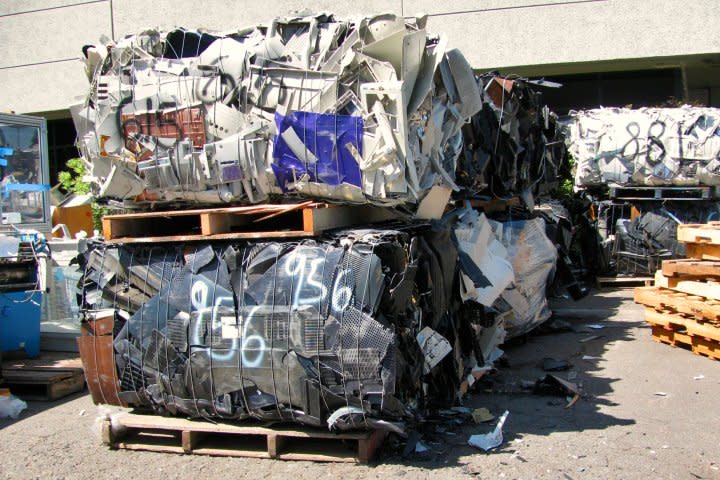
Printer manufacturers have been working to make their products more eco-friendly. For example, HP’s new Color LaserJet Pro MFP 4301dw requires 27% less energy and uses toner cartridges and packaging with 78% less plastic.
That helps, but if you order the wrong product and decide to return before the 30-day grace period, the carbon footprint for any printer skyrockets. Most delivery vehicles release greenhouse gases and return shipping doubles the damage to the atmosphere.
There are companies that specialize in processing returns for retailers, but it’s difficult to make this an efficient and eco-friendly process. Many products still have value, but not enough to balance the cost of refurbishing, cleaning, and replacing missing parts.
A recent Fortune article about e-commerce said 9.5 billion pounds of product returns ended up in a landfill in 2022. Packaging and shipping materials often get trashed or recycled, even for refurbished products.
That means the environment could pay a high price for a poorly researched printer purchase. We should really put more thought into every purchase — not less.
How to choose a printer
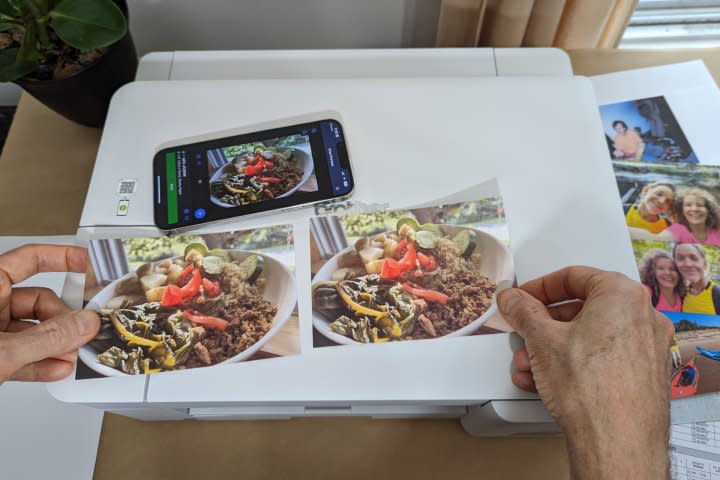
When you shop for a new printer, there are many factors to consider, including your budget, what you print, how often you print, whether you also need a scanner and a fax, how much room you have for a printer, and more.
A modern printer is a complicated piece of hardware that incorporates various technologies. Every new printer requires a balance of design choices, and each decision the manufacturer makes affects which printer will be best for your needs.
That’s why HP, Canon, Epson, and Brother offer more than one type of printer and multiple models. Monochrome laser printers are great for the office since they’re typically fast and durable, while being relatively inexpensive.
If you like to print pictures or need color documents, an inkjet might be a better choice. Even an inexpensive inkjet like Brother’s compact MFC-J1205W INKvestment printer can blend ink to create better photo prints. It’s all about what you want — and the cheapest Brother laser printer won’t always suffice.
AI-content and fake reviews
Tech outlets know you love to read about hands-on experiences with printers so you can make wise purchasing decisions. The Verge’s real complaint in the article wasn’t really about printer reviews and comparisons, but rather AI-generated content and SEO content farms.
That’s why the majority of the article was written by ChatGPT, as declared in the content. It’s a great piece of stunt journalism, but the answer to generative AI and mindless SEO content is real reviews written by people who’ve actually spent time with the product.
Because in the end, a fake review won’t help you find a great printer. Even real Amazon reviews are unreliable since consumers might focus on some issue unrelated to your need or get sidetracked by a shipping issue. While the manufacturer’s promotional material is usually factual, it will have at least some bias. That means you have to look elsewhere for a recommendation you can trust.
That’s the job of a tech reviewer who puts printers through rigorous testing and spends time looking for flaws. When you come to Digital Trends and spend a few minutes reading, you’ll have more confidence that you’re buying the right printer.
Which printer best for you?
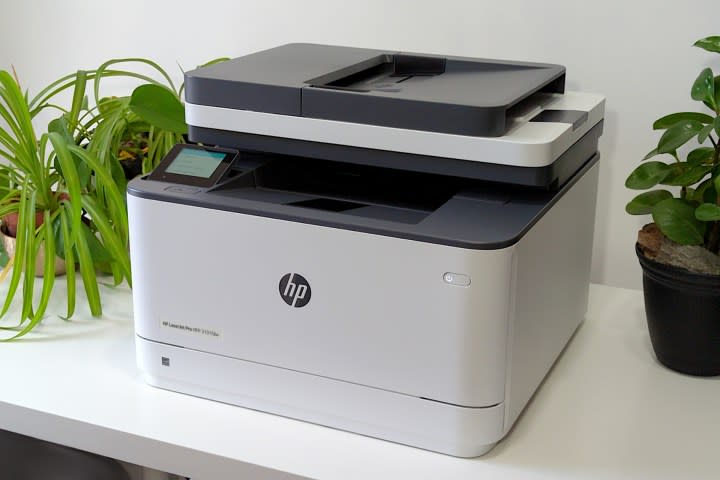
So, which printer is actually best for you? Our printer buyer’s guide is a great place to start since it can help you narrow in on the right type of printer for your needs.
If your budget is tight, you should check out our list of the best cheap printers available. I prefer tank printers for long-term savings, but the list includes low-cost ink cartridge printers that work well when you don’t print often.
We also have a guide dedicated to high-quality inkjet printers that minimize ink costs. You might pay a little more upfront, but the savings in the first year or two will put you ahead overall.
If you don’t mind spending more to get a fast, high-quality office printer, the best color laser printers have great quality for reports, flyers, color copies, and more without creating a bottleneck in productivity.
As much as possible, these buying guides are informed by actual hands-on time with printers, which is what hopefully makes them useful in making those tough buying decisions. That’s something AI can never do.

